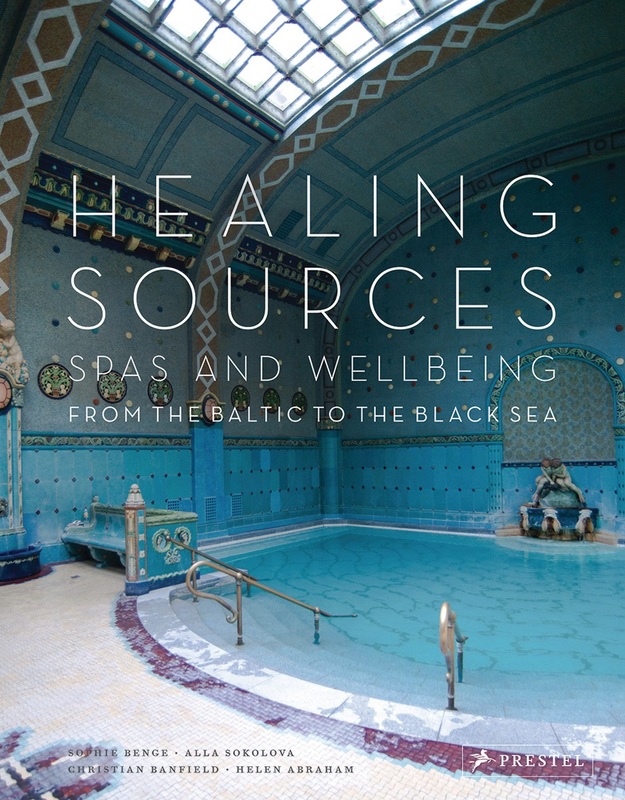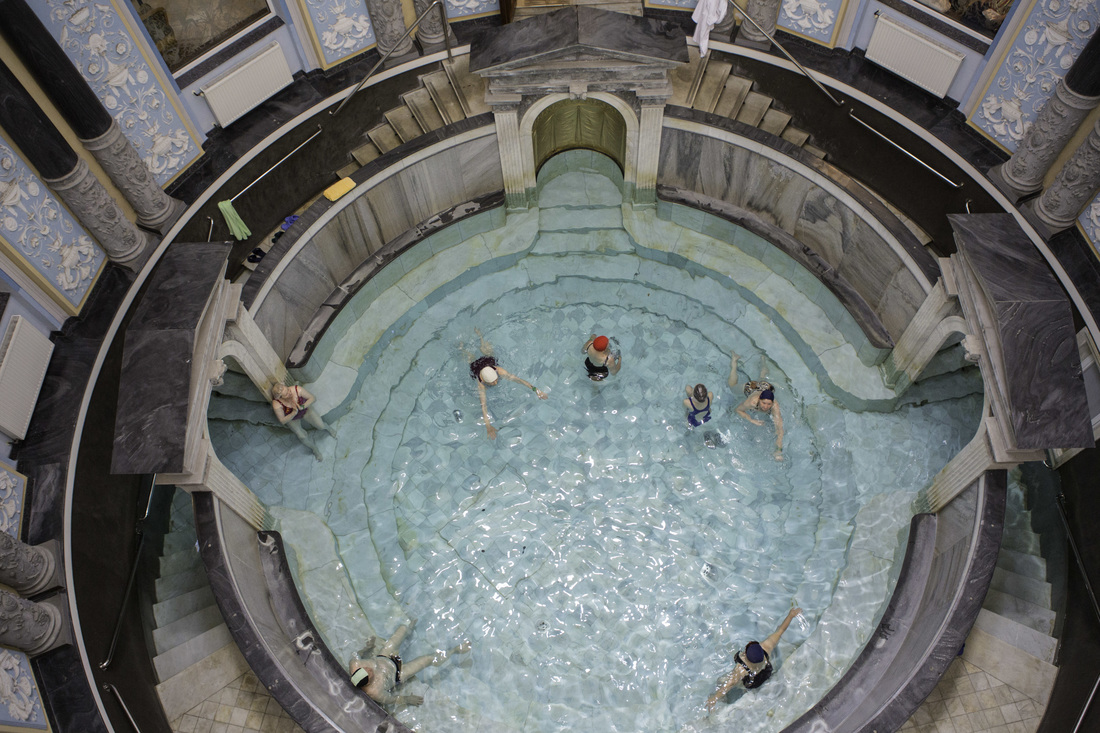It's Time to Put Eastern Europe in the Spotlight for Wellness Tourism, Says Sophie Beinge
Here are Sophie's top four reasons why in her own words:
1. NATURAL RESOURCES
At the core of the wellness approach in this part of the world is nature-the-healer focusing on thermal springs, healing muds, salts, gases, minerals, herbs, climate and natural produce, most of which are found in beautiful landscapes of mountain air and sea breezes which add to the healing effect.
Yet such natural resources were the subject of extensive research by scientists and chemists in the 18th and 19th centuries and only after meticulous study did physicians devise protocols for treating health disorders. It’s testament to their healing effects that treatments continue - often unchanged - to this day.
My personal favorite in natural magic is mud. The mineral make-up in the peloid deposit determines mud’s precise curative factors and this varies from source to source - whether it comes from thousands of years of rotting vegetation, (the-more-microbes-the-better), mined from underground or scraped from the river bank as it is in Piestany, Slovakia. This particular mud is then marinaded in mineral water for a year before use! With the result that its super-high sulphur content can effect mineral changes in bones, muscles and tendons and generally slow down - reverse even - degenerative deterioration. It even carpets the bottom of an indoor pool, (a masterpiece in Art Nouveau style too,) giving a whole new take to ‘wallowing in mud.’
I love my skin being smeared with the thick, goopy, brown stuff and feeling it squelch between my toes. But it knocks me out and makes me sweat. That’s how powerful a detoxifier it is. I’m referring particularly to the bucket-load, slap and wrap style of treatment at Budapest’s Sezchenyi Baths in Hungary.
In Poland, Latvia and Romania, local mud is also used in a course of infertility treatment with apparently, a significantly higher success rate than IVF.
Other natural resource prescriptions include baths, inhalations and drinking cures using mineral or thermal waters, spells in the salt chamber to ease respiratory conditions, even injections of carbon dioxide gas for pain relief.
2. EXPERTISE
Treatments and consultations throughout this part of the world come with an absolute sense of ‘being in safe hands’. Expertise is robust precisely because natural and preventative medicine, with attendant rigorous research and investment, was the core medical system for the last 200 years!
Spa destinations are rooted in ‘heal stays’ and ‘cure programmes’ for a range of chronic conditions, spanning digestive, cardiovascular, musculoskeletal and skin disorders. All this means that high levels of medical expertise are now available to the wellness guest, who can have a consultation with an on-site doctor to prepare a program tailored to specific needs.
I’ll always remember one particular expert, Dr. Petras Degilis. He is a professor of physical rehabilitation who now spends three days each week at Spa Vilnius in Druskininkai, Lithuania, investigating the role of amber in neurological stimulation. At 75 years old (!), he recently developed the ‘Amber Room’ at the spa where guests lie on mattresses stuffed with amber chips and wear large amber lumps around their necks to regulate cardiac rhythms and soothe the central nervous system. Amber, which hails from the Baltic region, generates its own magnetic field of negative ions, which also balances and detoxifies the human energy field. Europe, along with Russia, is the seat of expertise for the healing qualities of amber.
Therapist training across the region also tends to be impressively rigorous. In Hungary massage therapists undergo 700 hours of practice, after a usual two-year course in theory, before they are eligible to work on clients.
True, treatments offer little of the spirituality of the Asian way. But what they may lack in tinkly music and tails of incense, they more than make up for in potency and expertise.
3. AFFORDABLE
As a seasoned spa goer, I’m personally fed with all-too-often stepping off a massage bed $150 later and thinking ‘so what!’ This never happened to me in any of the 12 countries I visited from the Baltic Sea in the north to the Black Sea in the south. Treatments at historic spa towns, Soviet-style sanatoriums and contemporary wellness hotels - work! In my experience! And they are cheaper than anywhere else in Europe.
For example, a $10, two-minute, -160 degree Celsius blast in the cryotherapy chamber gives mind, body - and cellulite - an immediate blast!
Along with an attractive price point comes the popular option of all-in packages dedicated to results: from traditional two-week spa stays, to weight loss programmes, family stays or general wellbeing breaks. Programmes include half-board, a doctor consultation and at least three treatments per day with the option to add more. All-inclusive, high season prices at the top destinations come in at under €1,000 a week.
This competitive pricing largely comes down to the low cost of natural resources and lower wages.
4. HISTORY
Eastern Europe is stuffed full of spa history. In many ways the culture of wellness tourism started here during the mid-to-late 19th century, when Czechoslovakia was the gold standard for Europe’s royalty and nobility who spent the summer season ‘taking the waters’ in the famous spa towns of Marianbad and Carlsbad to redress their over-indulgent lifestyles. England’s portly Kind Edward VII had his own private spa suite which can still be booked today at Hotel Nové Lázne in the beautiful, dedicated spa town of Mariánské Lázne.
Then came the sanatorium culture of the 20th century’s Soviet era which, it could be argued, was ahead of its time. Wellness tourism was in full flight with compulsory,, state-funded programmes of rest and rejuvenation for everyone from party officials to the proletariat, including war veterans, sportsmen and astronauts.
In other words this region has had wellness at the core of its tourism offering from nearly 200 years! And with its variety of offerings from old world glamour, low-budget state establishments and boutique destinations under innovative private ownership, this flank of Europe has much to offer today’s wellness tourists.



 RSS Feed
RSS Feed